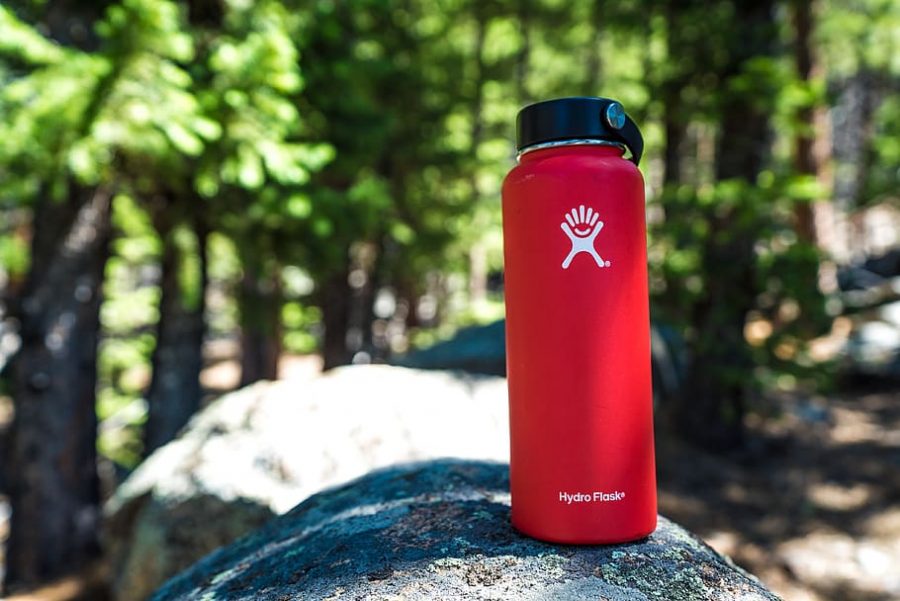Hydro Flask was founded more than 10 years ago. The company’s takeover was gradual at first, but in the last few years, it has been almost hostile.
People love their Hydro Flasks, they’ll die for their Hydro Flasks and the stickers yours wears reveals either the kind of person you (a) are, (b) think you are or (c) want to be.
Having a Hydro Flask, much like any other material possession, is a deliberate act of self-branding. Maybe you want the world to know you’re practical, outdoorsy or environmentally conscious. If you’re a female who also happens to wear Birkenstocks or carry a Fjallraven backpack, Hydro Flask ownership could also imply a (perhaps undesirable) association with the “VSCO girl” movement. Hydro Flask water bottles — with their leakproof seals, double wall vacuum insulation and sweat-free finish — have become part of the SDSU student uniform.
Can Hydro Flask culture provide valuable insight into how we should approach environmental issues?
It’s not likely that all Hydro Flask purchases are environmentally motivated — and on that note, not ridiculous to suggest that the rising interest in what appears to be “sustainability” might be more modish than genuine. When I think about my own experience with the brand, I can’t say my environmental concern is unadulterated by commercial interests and sociocultural currents.
But does it matter? Is this a better way to instill effective (even if unintentional) environmental responsibility?
A Harvard Business Review article, aptly titled “The Elusive Green Consumer,” details the relationship between consumers and sustainable purchasing behavior: “[A] frustrating paradox remains at the heart of green business: Few consumers who report positive attitudes toward eco-friendly products and services follow through with their wallets. In one recent survey 65% said they want to buy purpose-driven brands that advocate sustainability, yet only about 26% actually do so.”
For the average person who is pretty sure they care about the environment, but also not about to go out of their way to do something about it, sustainability is best sold in the form of a trendy product like the Hydro Flask — something cool, desirable and smart. In fact, “The Elusive Green Consumer” lists social influence as one of the most effective ways to encourage consumers to be more sustainable.
According to the article, “One of the benefits of encouraging consumers to form desirable habits is that it can create positive spillover: People like to be consistent, so if they adopt one sustainable behavior, they are often apt to make other positive changes in the future.”
Hydro Flask culture reinforces the idea that trends not entirely driven by sustainability have significant potential to support environmental movements. One trendy reusable water bottle can be a catalyst for a more eco-friendly lifestyle. At the very least, single-use plastic usage declines somewhat dramatically for this individual. After years of Hydro Flasking, will it ever feel right to drink out of a plastic water bottle again?
Vouching for pragmatic benefits and expounding, again and again, arguments for how and why we need to be more environmentally responsible might never be enough. To affect real change, maybe the best way to sell sustainability is under the guise of objectively desirable products.
A one-time, seemingly non-committal “treat yourself” purchase in the form of a sticker-clad steel container? It might actually have a globally meaningful impact.
Anna Fiorino is a senior studying journalism. Follow her on Twitter @annafi0.







